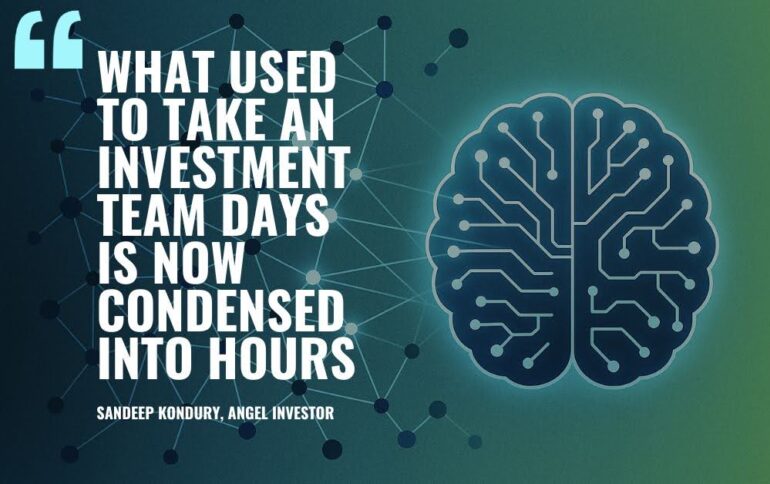“We’re getting accustomed to the risk, the friction, the discomfort, because the value is so high to the downstream customer,” Renata Caine said.
Fintech-forward bank Green Dot (NYSE: GDOT) runs the gamut: powering everything from Apple Cash and Samsung Pay to a range of cash-to-formal-banking onramps for low-to-moderate income consumers. The co powers 80 million accounts both directly through 7,000-plus partners, and hosts a retail network that spans 90,000+ locations nationwide. That breadth means Green Dot is something of a swiss army knife, but also — at least from a unit-economic perspective — occasionally on both sides of a contentious industry issue.
On the sidelines of Money 20/20, Fintech Nexus spoke with Renata Caine, Green Dot’s SVP/GM of Embedded Finance, about the company’s dual purpose as a bank as well as a fintech-infrastructural layer, and its placement in the market in the midst of open-banking debates, other regulatory murkiness, and shifting client-risk tolerance.
The following has been edited for length and clarity.
What’s standing out to you in 2025?
I’ve been in this industry for about 20 years, and it’s been super interesting to see an evolution from payments into an ecosystem, where “payments” has a totally different meaning today: There’s so much optionality.
So I’ve been at Green Dot for about 18 months, and joined at a really exciting time. It was right before we launched Arc by Green Dot: It’s all the pieces that you need to bring embedded finance to market. So it’s the FDIC-insured accounts, the technology layer on top of that, the human-intensive program management — all the risk and the compliance and everything else.
It came at a really interesting time. You know, last year, there were some very public failures in our industry, and a lot of the failures were really because there wasn’t transparency between the partners. It happened right before Money20/20 that we announced Arc last year, and people were talking about regulation so much last year. I think this year, when we think about regulation — we did a survey coming into Money20/20, like we did last year — and, of 515 respondents, 92% said that there are one or more risks that they worry about, which makes sense; but interestingly, 93% say they’re highly satisfied. So what I take from that, is we’re getting accustomed to the risk, the friction, the discomfort, because the value is so high to the downstream customer, these brands take this chance, because they want that stickiness.
I think we saw some slowing down of regulation this year. In my opinion, I don’t think it changed much for folks. It certainly didn’t for us; with regulation comes forced discipline. You build best practices, you make sure you’re doing things by the book. And when that regulation slows down, I don’t think that discipline goes away. You’ve built that muscle memory. We’re smarter as an industry today.
Also, you still have state regulation.
Yes, which is, almost scarier, because there are so many states versus having national regulation: you make sure you’ve got 50 states covered. So, yes, I think that is worrisome. It could lead to much more complexity, for sure.
How do you telegraph to customers that you’ve got the finger on 50 state-level pulses, as well as the national pulse, in addition to a commitment to staying full-steam ahead?
You know, it’s interesting. In the survey, something like 65% of fintechs weren’t concerned about regulation. So the truth is, we don’t get a lot of questions from the customers. We know now what discipline means, we know the resources we need to stay above board. The customers don’t dig in. Our partners don’t dig in. They trust us.
The subsector Green Dot occupies is especially interesting when it comes to open banking. You’re both a bank, but then also dependent upon data flows and access. I imagine you can see both sides of the debate. How does Green Dot reconcile the costs and benefits of open banking, or proposed changes to it?
I think open banking is a benefit to the industry, and it’s a benefit to the users. I think the industry will find a way to make sure that it’s at the right cost. And if we’re all worried about financial inclusion, whether the consumer or the business to the consumer, the economics will work itself out.
What do you mean by the economics?
If there’s no adoption, then there’s going to be a force to bring prices down. If no one is going to take in the data because it’s too expensive, I think that’s going to change, because I think at the end of the day, we’re all solving to solve the experience for our end customers. And we all should be wanting to solve that, and pricing shouldn’t be the reason why we don’t.
What theme do you see forming for this year’s conference?
I’m not quite sure what that theme is this year. My guess is the theme is about the focus on our end customers. I thought that last year too, but I still feel that way. Maybe that’s just my common theme every year, but I don’t know. Last year was regulation post-Synapse.


